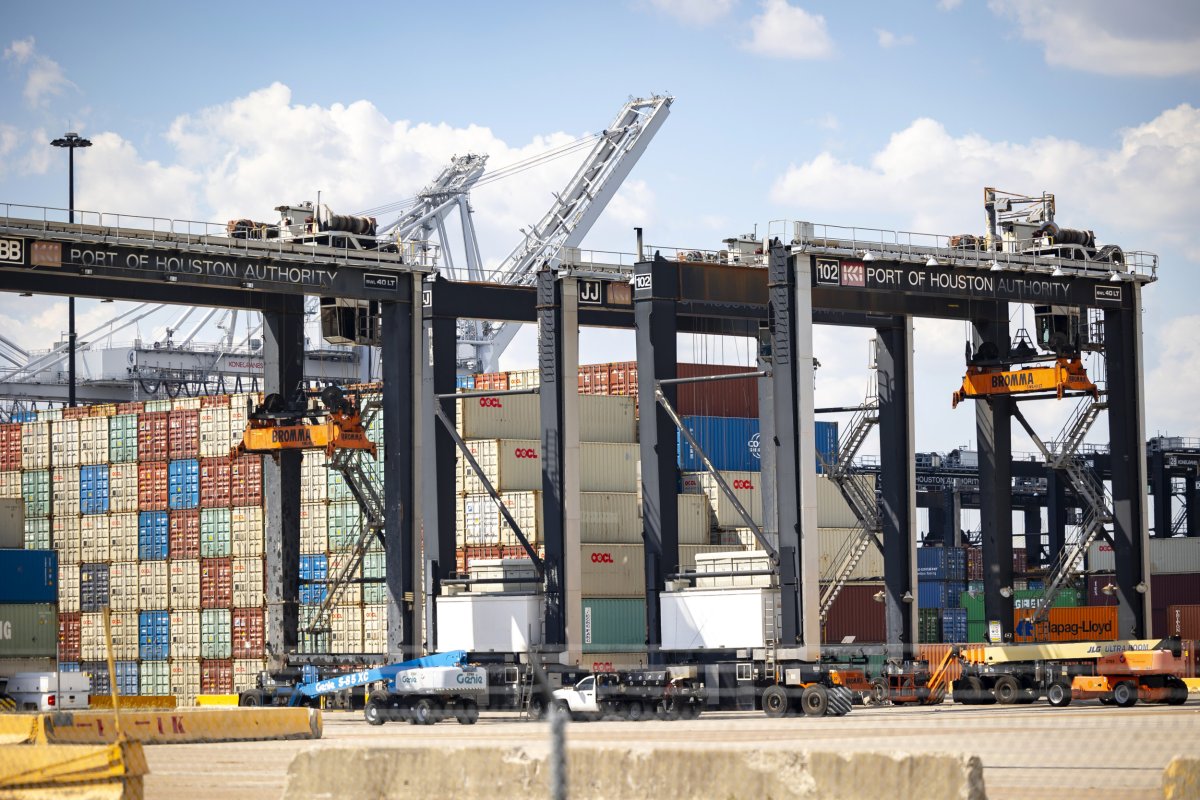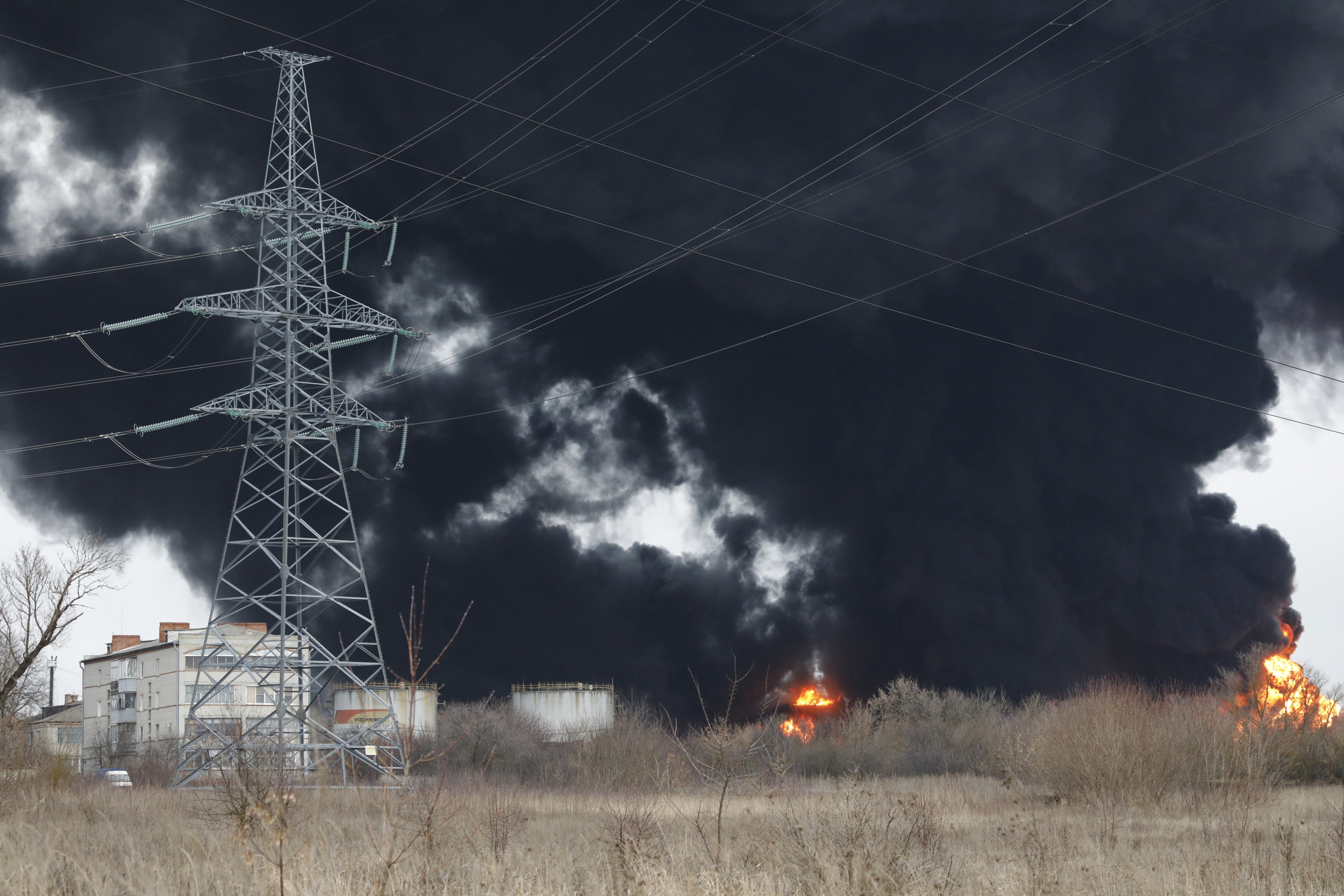As tensions over automation grow, 45,000 U.S. dockworkers are threatening a massive strike that could paralyze ports along the East and Gulf coasts.
Why It Matters
A standoff could send shockwaves through the economy with East and Gulf Coast ports handling over half of the nation's container traffic, the potential economic fallout from a strike is immense.
What To Know
The International Longshoremen's Association (ILA) representing the workers has set a January 15 deadline in reigniting a dispute that led to a brief walkout last fall. That strike was suspended following a tentative agreement promising a 62 percent pay raise over six years. But with no final deal in place, negotiations resume this week between the union and the U.S. Maritime Alliance, representing port operators and shipping firms.
At the heart of the conflict lies the contentious issue of automation. Semi-automated cranes, guided by software or remote operators, threaten to replace conventional machinery controlled directly by human workers.

Harold Daggett, ILA president, and his union staunchly oppose further automation, arguing that it undermines jobs without significantly improving efficiency.
Port operators counter that automation is essential to keeping U.S. ports competitive with global leaders like Rotterdam and Singapore, which have heavily invested in such technologies.
Study on Port Automation
The effectiveness of port automation remains a divisive issue. A 2023 study from the Center for Innovation in Transport in Barcelona found no definitive evidence that automated terminals outperform traditional ones, though future technological advancements could shift the balance.
Meanwhile, President-elect Donald Trump has publicly aligned with the dockworkers, warning against the human cost of automation. After meeting Daggett at his Mar-a-Lago estate, Trump stated on social media that increased automation would harm American workers and provide minimal cost savings.
High Stakes For The Economy
Retail supply chains are especially vulnerable to a dockworkers' strike. Seasonal goods, particularly in fashion and retail, face the risk of arriving past their peak selling periods, resulting in lost sales and heavy markdowns.
An 11-day West Coast port shutdown in 2002 took nearly six months for recovery. Companies like Maersk and Hapag-Lloyd have already implemented contingency plans, rerouting shipments and introducing "work disruption surcharges" to mitigate potential impacts.
What People Are Saying
Daggett's son Dennis Daggett, the union's executive vice president, wrote last month: "This isn't about meeting operational needs. It's about replacing workers under the guise of progress while maximizing corporate profits at the expense of good-paying, family-sustaining U.S. jobs.''
Trump posted on Truth Social in December: "The amount of money saved is nowhere near the distress, hurt and harm it causes for American workers, in this case, our Longshoremen.'' Trump also asserted that he knows "just about everything there is to know about'' automation.
Mark Zandi, chief economist at Moody's Analytics said in a statement: "A strike that lasts less than a week won't have a material impact on the broader economy. Inventories are generally ample, which will forestall shortages...However, a strike that lasts much longer than a week will cause increasing disruptions and shortages that will result in mounting economic costs, rising from an estimated $500 million a day to over $2 billion a day if the strike lasts more than a month.''
Christina Boni of Moody's Ratings, a credit agency, said to The Associated Press: "A longer strike could hurt retail profitability as there would be delay in future deliveries, with seasonal and fashion goods arriving past their peak selling period, resulting in lower sales and an increase in markdowns to clear these goods."
What Happens Next
As the January 15 deadline draws closer, the two sides will have barely a week to reach an agreement.
This article includes reporting from The Associated Press.




















 English (US) ·
English (US) ·